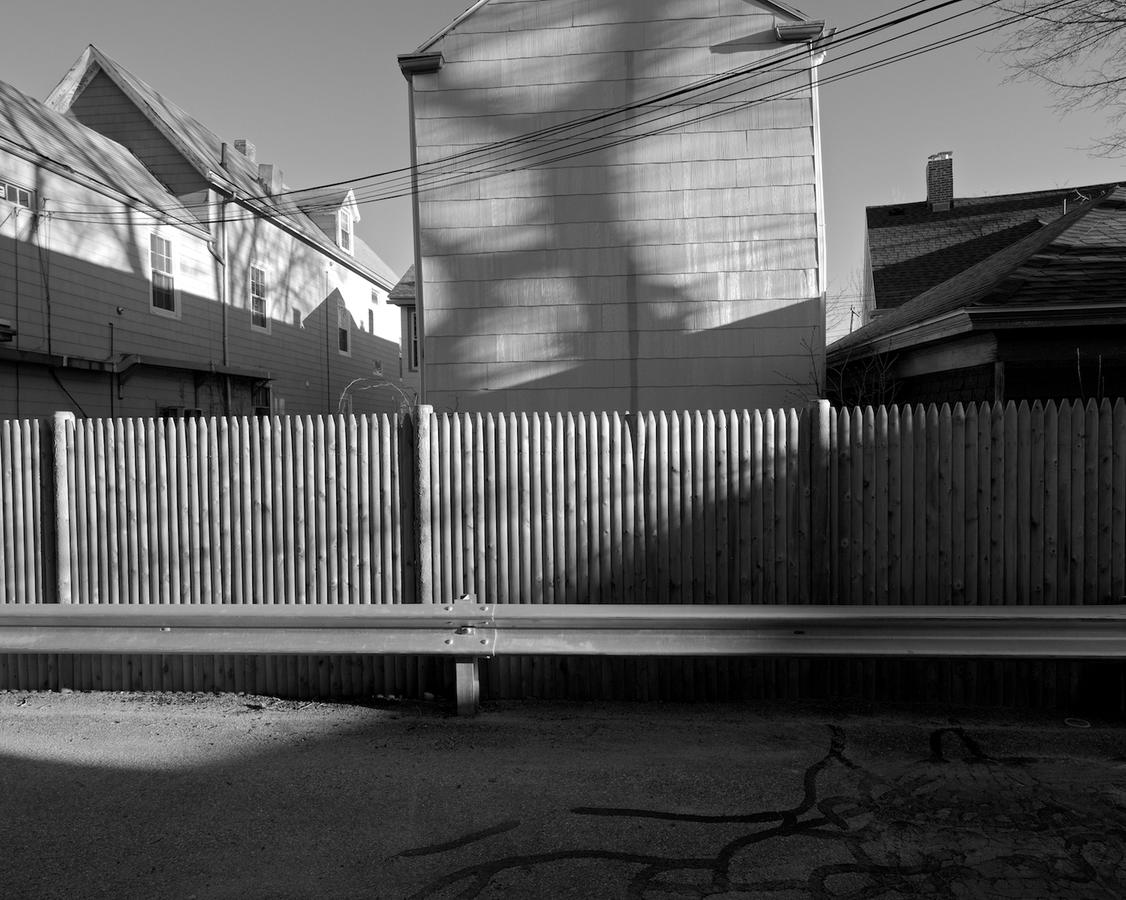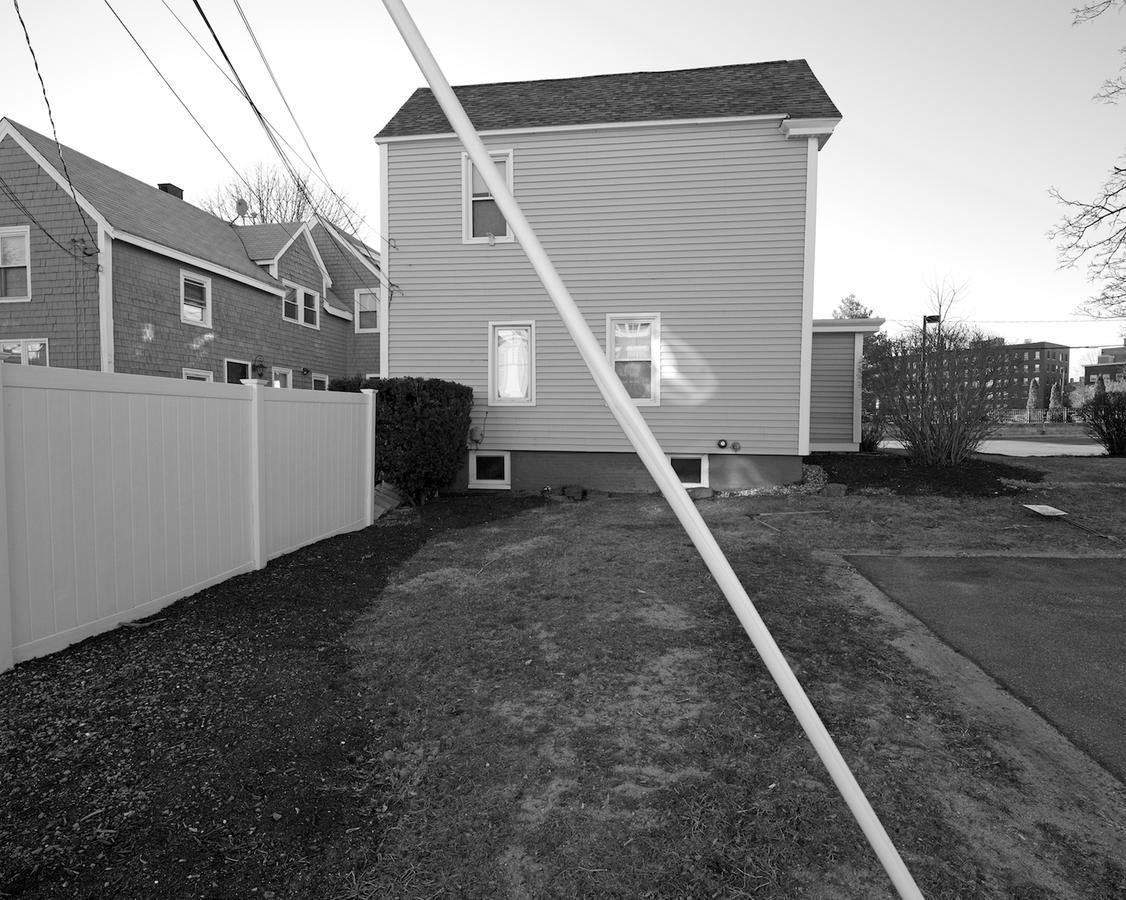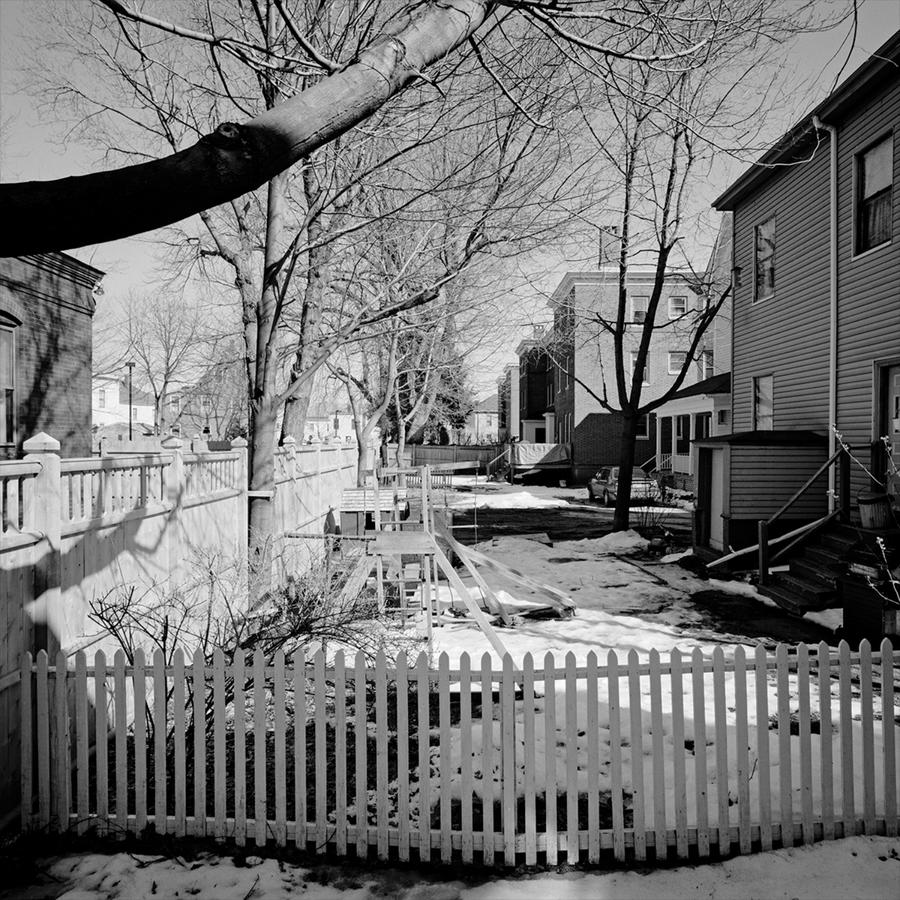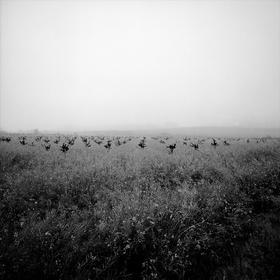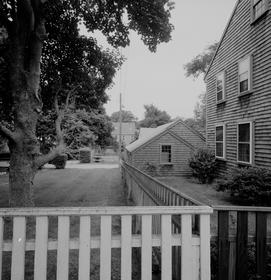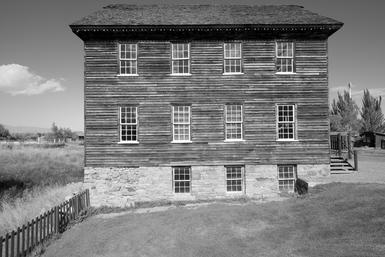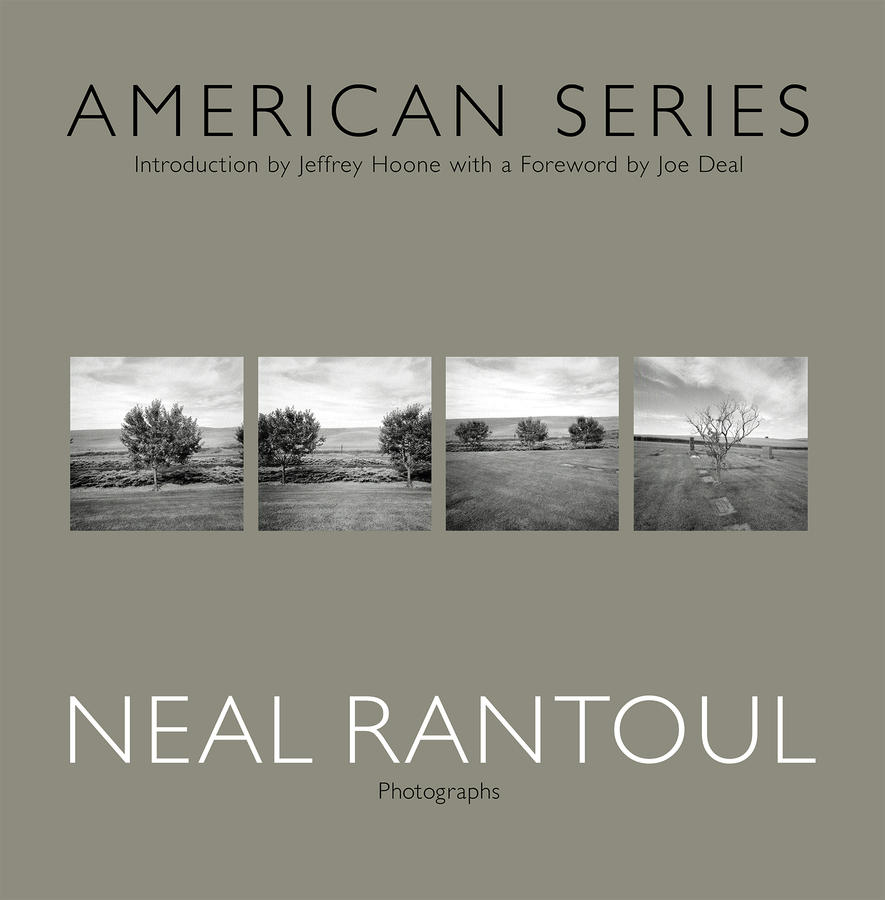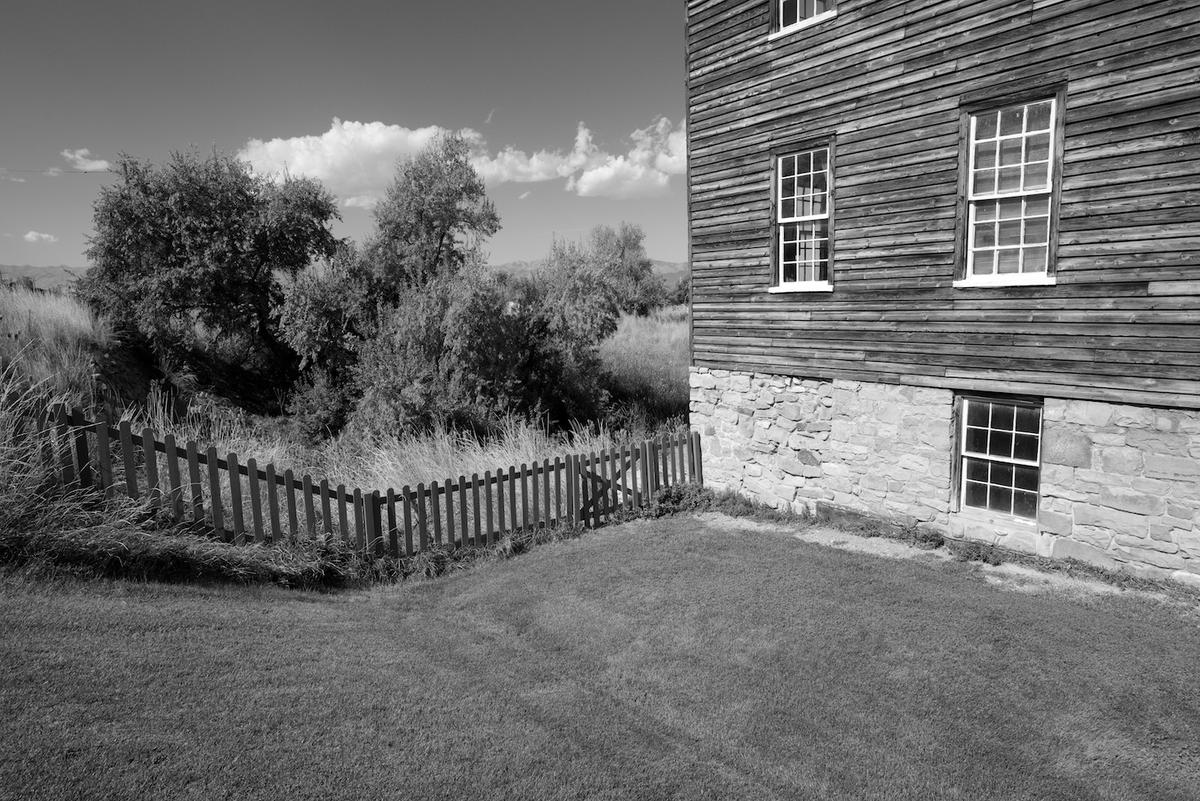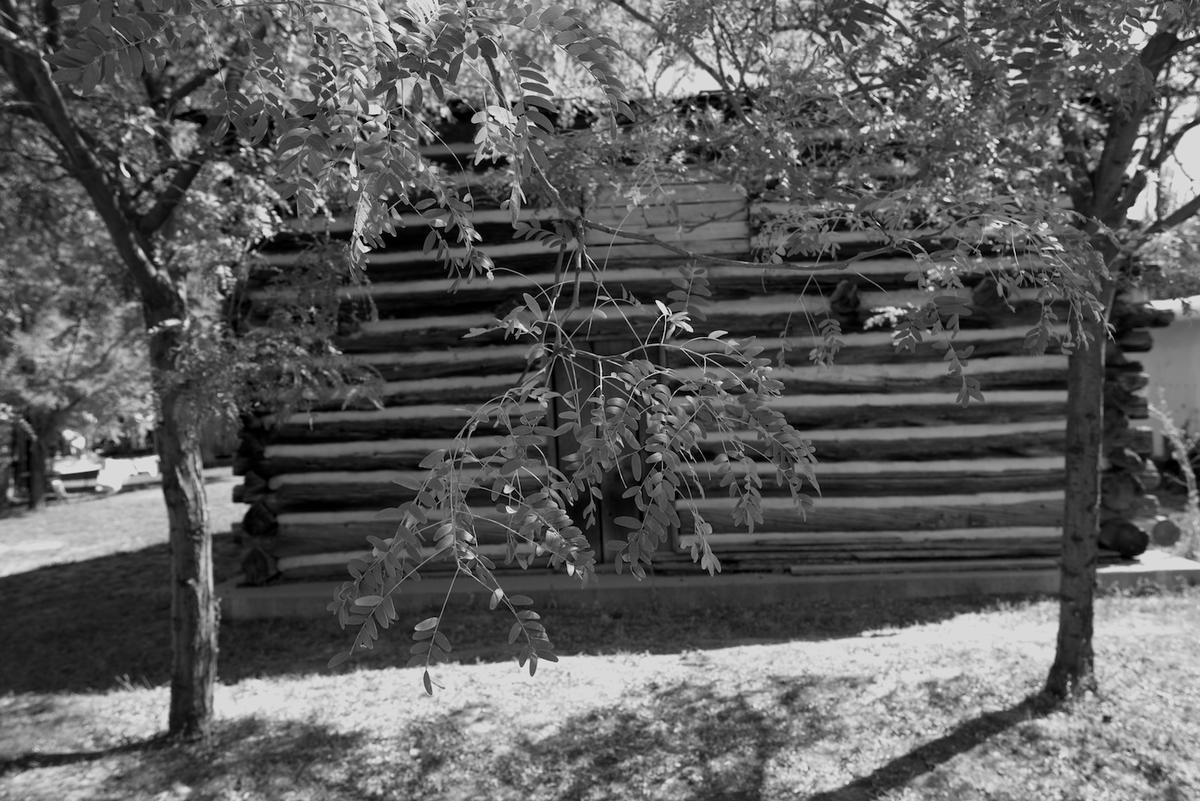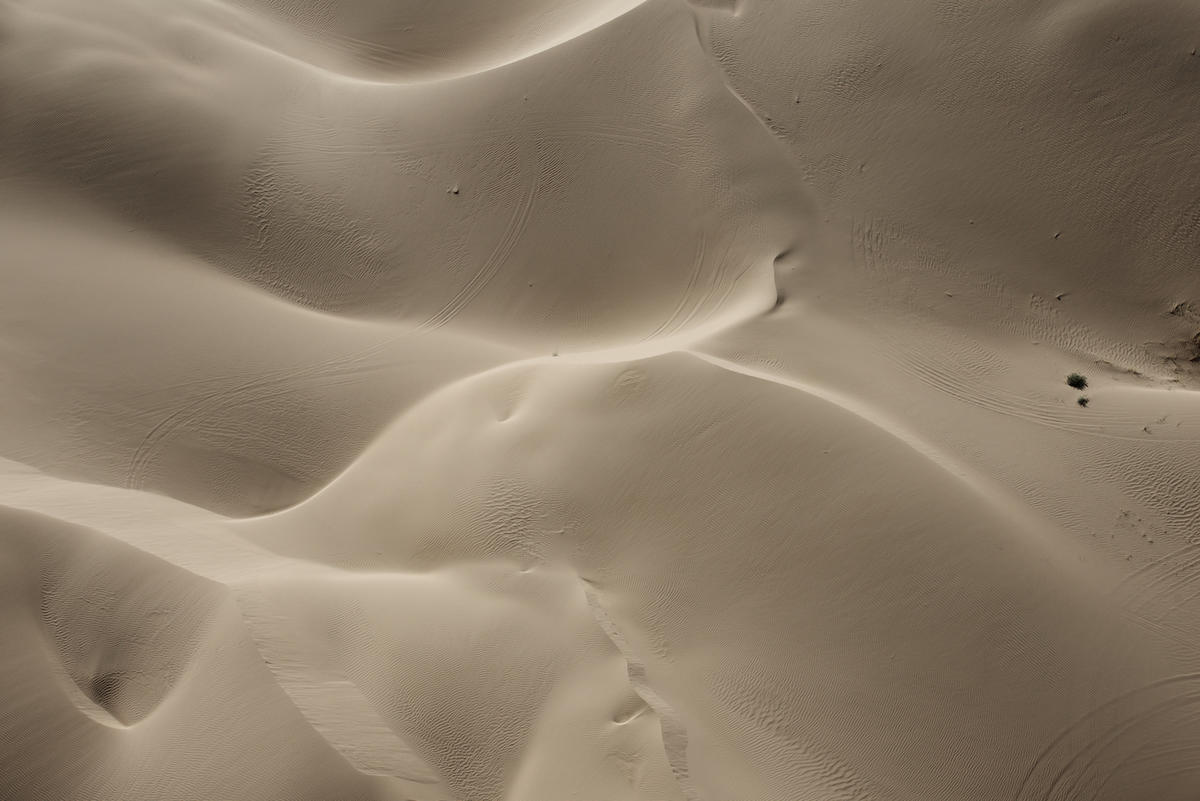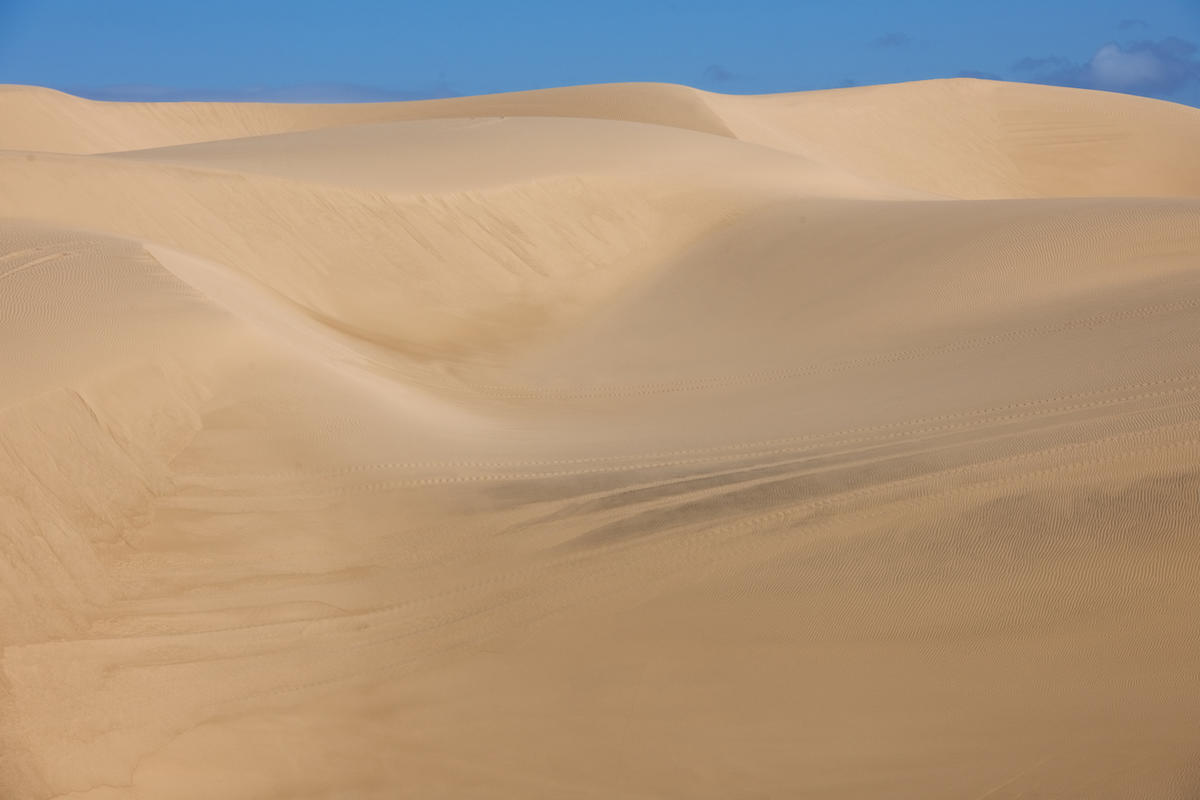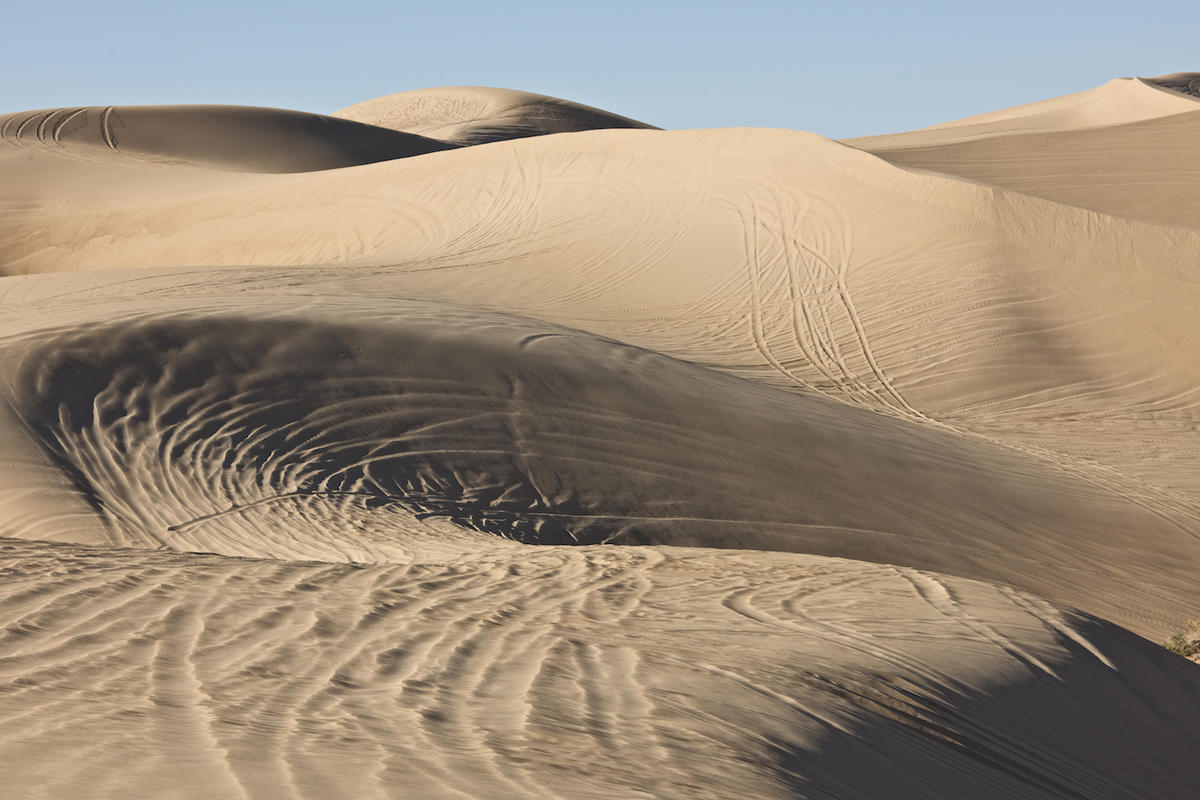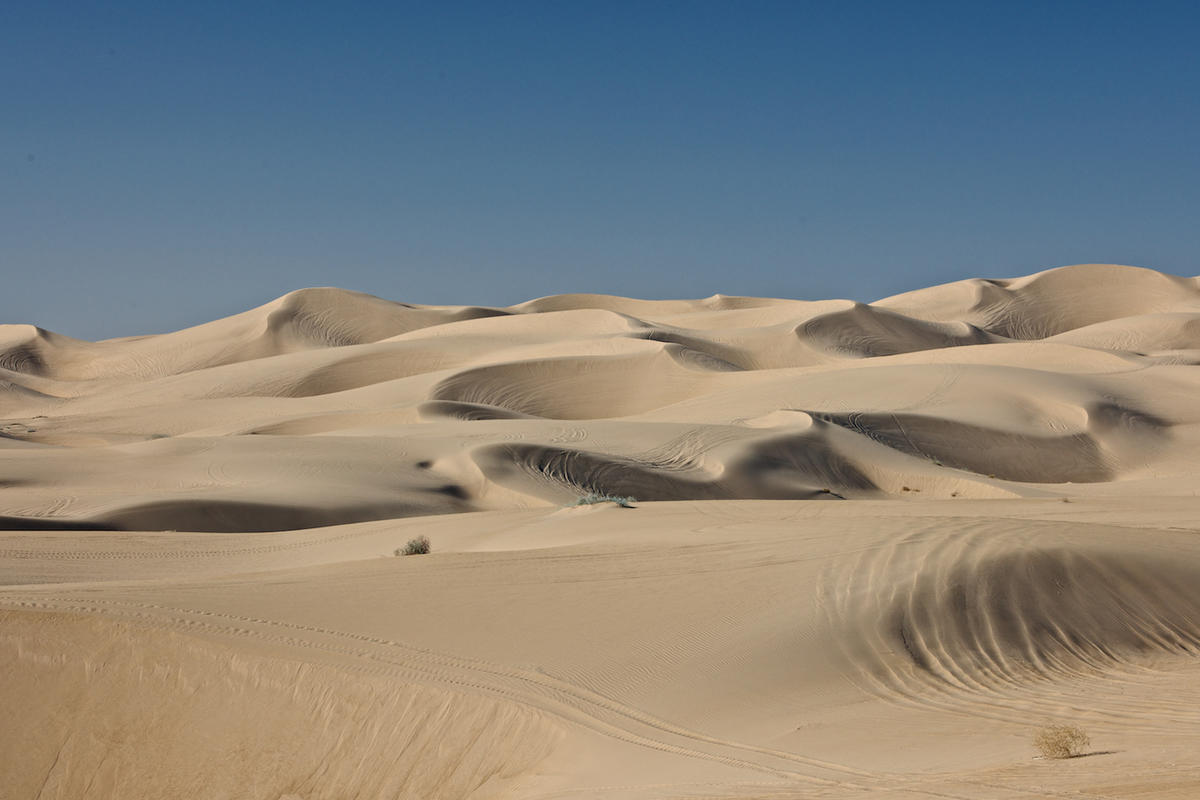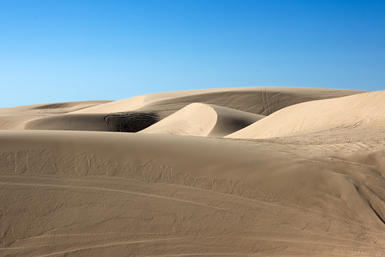Portland
In this post I am referring to Portland, Maine, just about two hours up the coast from where I live in Massachusetts. Last month I wrote about returning to Portland to make pictures on a twenty year anniversary of pictures I made there in 1996. Appropriately, that essay is called: Twenty Years Ago. The original Portland series is on the site here.
I went back again this week to try to add to the pictures I made last month. Once again, humbled by the difficulty of making good pictures while walking neighborhoods and pointing a camera at houses, streets, cars, alleys, sidewalks and fences, I worked to transcend the ordinariness to speak to larger issues. I walked and photographed. This has been my form of street photography for a long time and it is both all too easy and very very hard to do. I had great light, both on a late afternoon shoot and an early morning one the next morning.
I started here:
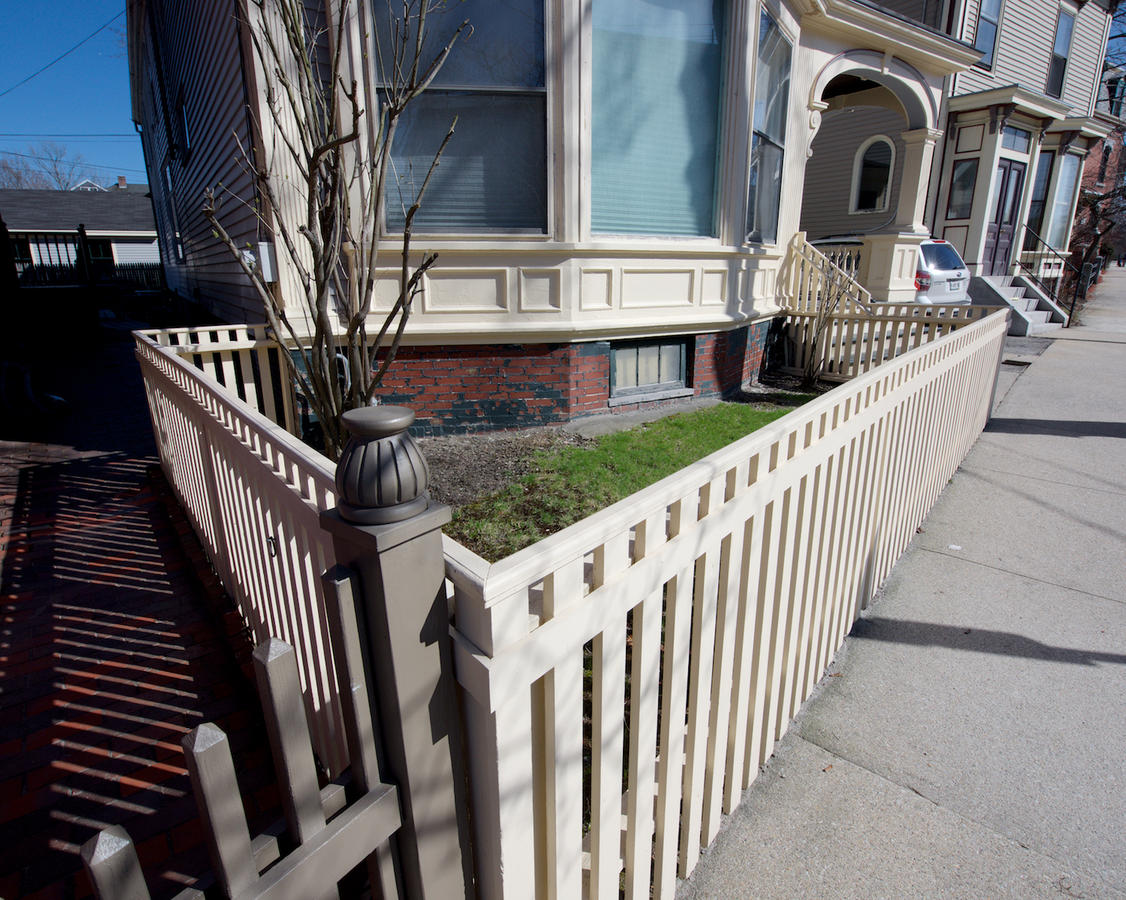
just as I did last month:
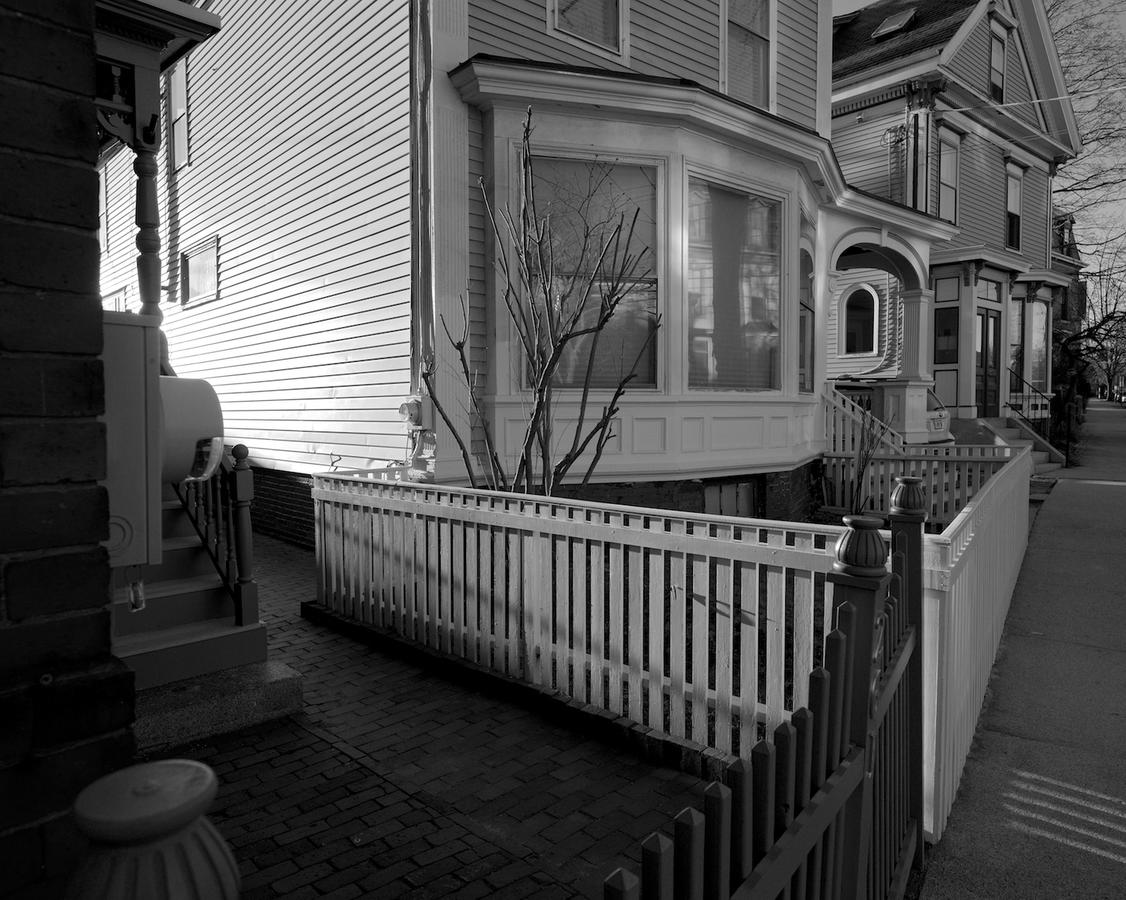
As I walked along, looking and photographing, I learned that one thing was a priority in terms of interest and emphasis: color. So, while the pictures I made a month ago were originally rendered in black and white, and the originals made in 1996 were made also using black and white, this new series will be in color.
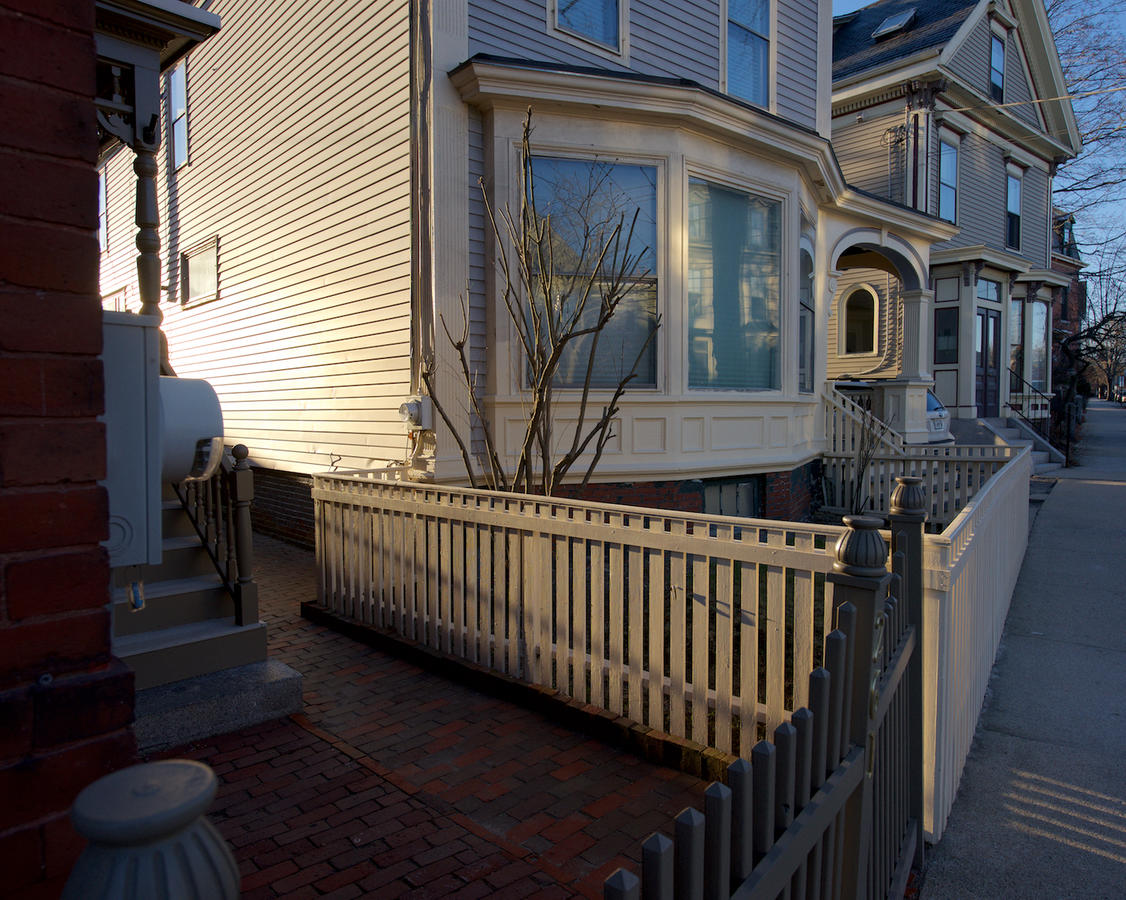
Of course, there's some back story to this change. In 1996 I was only a black and white photographer. I did not even consider color in those days. It wouldn't be for another 6 years that color would begin to work its way into my process. And now, I am primarily a colorist photographer, meaning much of my work is about color. For instance:
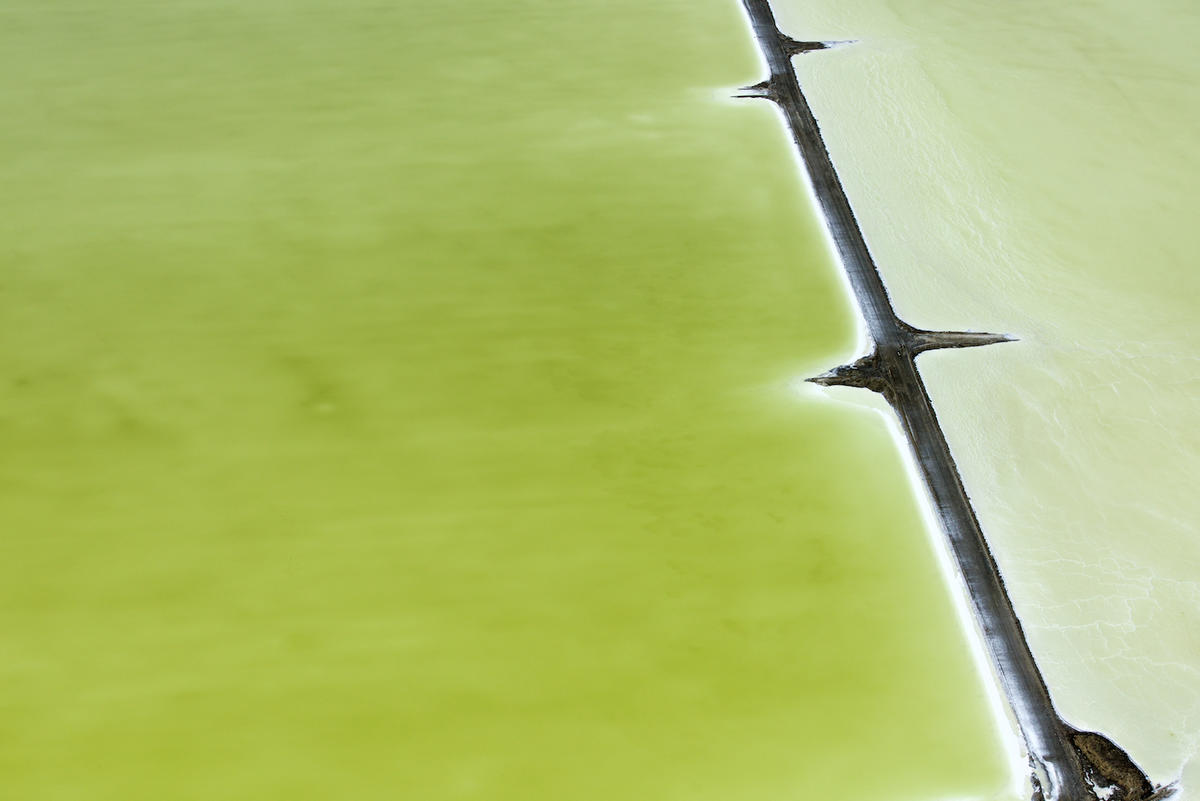 Great Salt Lake, Utah 09.2016
Great Salt Lake, Utah 09.2016
So here I am, referencing work made 20 years ago, returning to the scene to make pictures there again when I came across this:
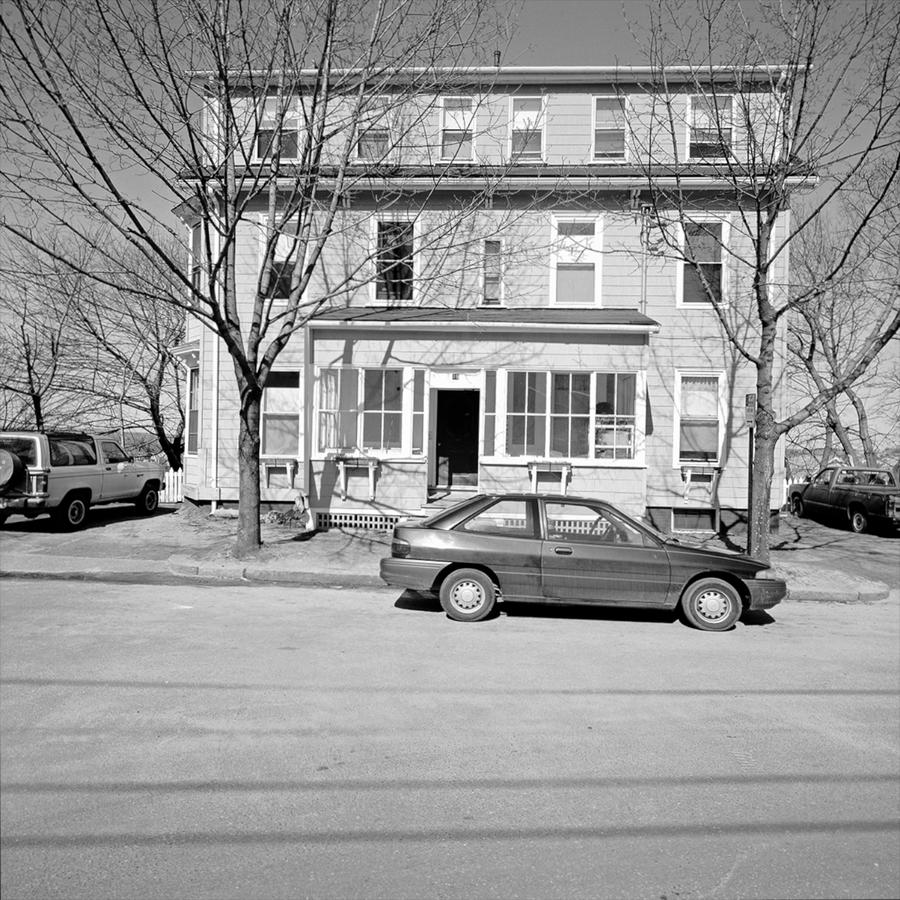
Here is the first in the Portland Series from 1996 and intended as a wake up call to the fact this was first time I made series work in bright sunlight and the first series I'd made at all in 12 years. Here's the original: Portland, Maine 1996
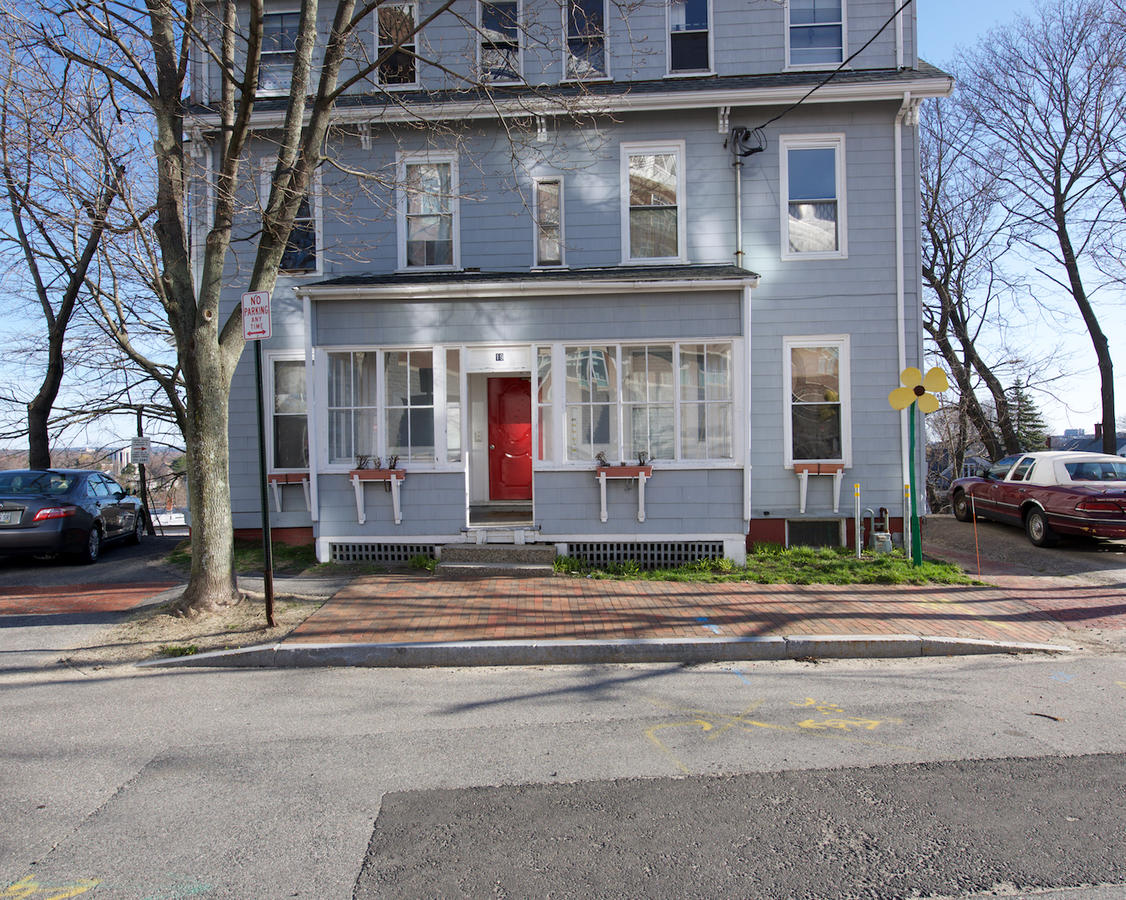
And here is the same building this past week. With one tree larger and one tree gone, still bookended by a vehicle left and right, still looking like it's posing with a smile on its face, waiting to be photographed, perpetually sunny in disposition even though there may be doom and gloom around the corner. Made my day, of course, coming across this after so long.
Let me posit something for minute. Imagine using a thing you did long ago becoming the reference for what you do now. Imagine using that precedent you established, not someone else, but you, out on your own, making something that forms the basis for a thing you make now. You could be a potter, an architect, a musician, a writer, doesn't matter. How would that thing you did back then influence what you are making now? And conversely, how does what you are making now affect the thing you made in the past? Is the older piece seen now through a different lens, informed by this newer interpretation? Of course, here we are looking at these two projects, one made and one in the making, from an internal perspective, that would be me, the artist making the pictures. What about the external? Someone coming to these two bodies of work from the outside, as you are. Would you choose to reflect back on yourself twenty years ago, asked to go there by looking at these pictures? Can I do that, light a path to that way of thinking, reflecting on you, the you you were then? I hope so.
In my current Creative Practice class at the Griffin Museum we are doing just that. Talking about and discussing ways to imbue pictures with meaning, to make our work resonate and vibrate with import, with things to say or question going beyond the boundaries of a photographic document as a depiction. My class is experienced and accomplished people working within the broad definition of photography who have a real history of creative expression.
Back to the pictures and to color.
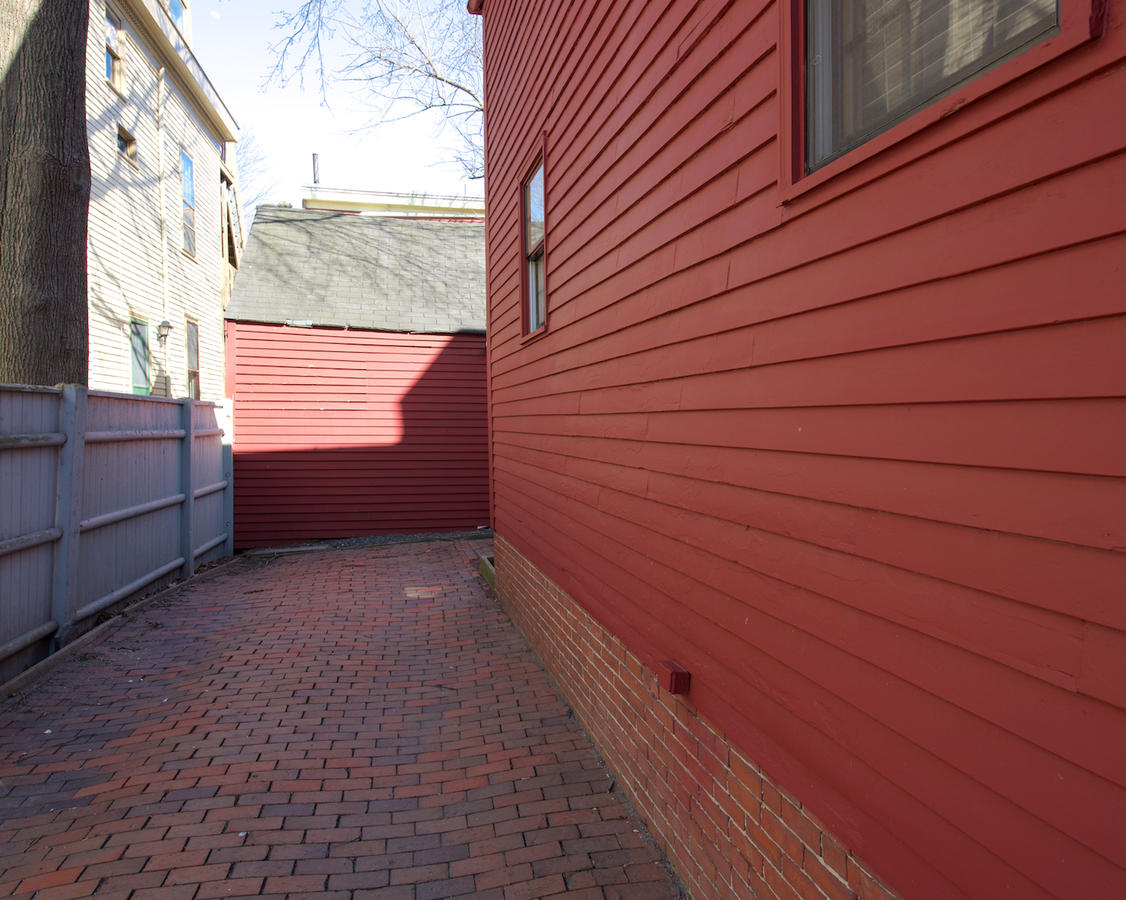

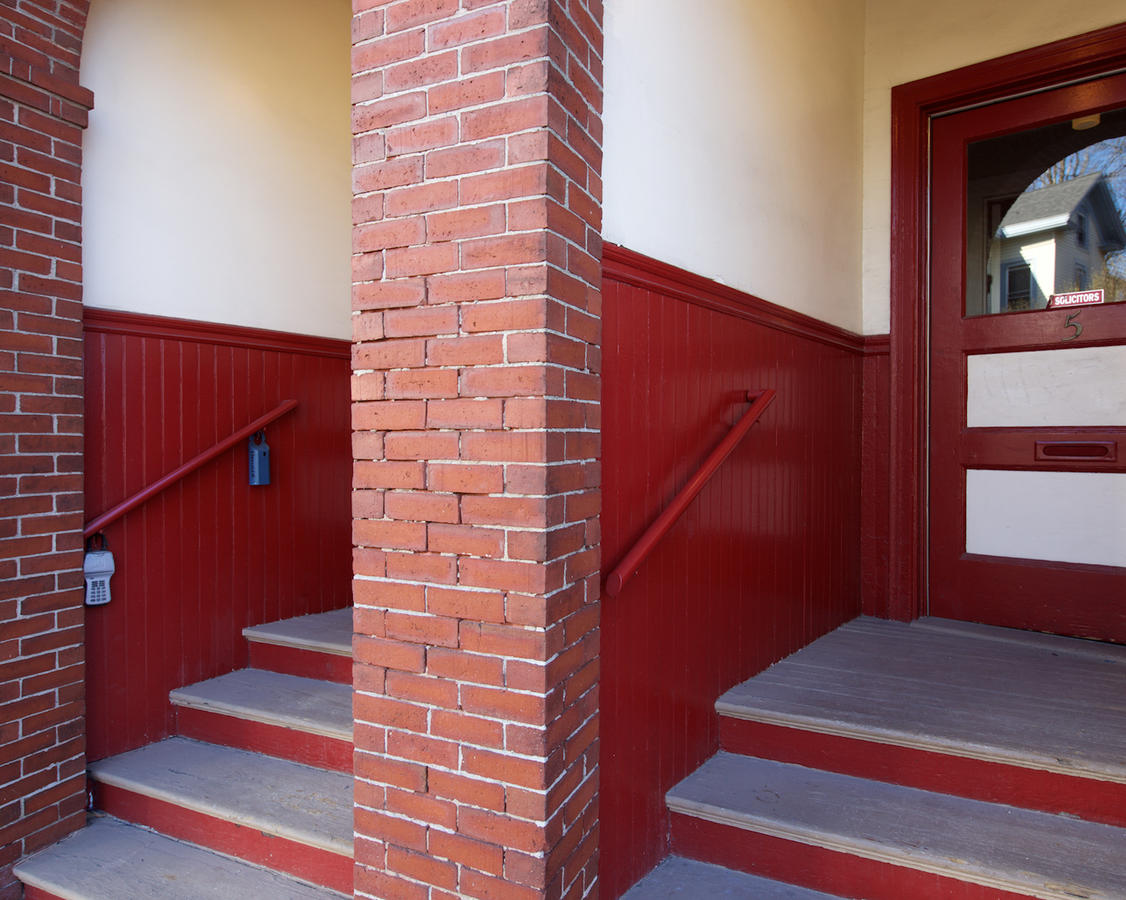
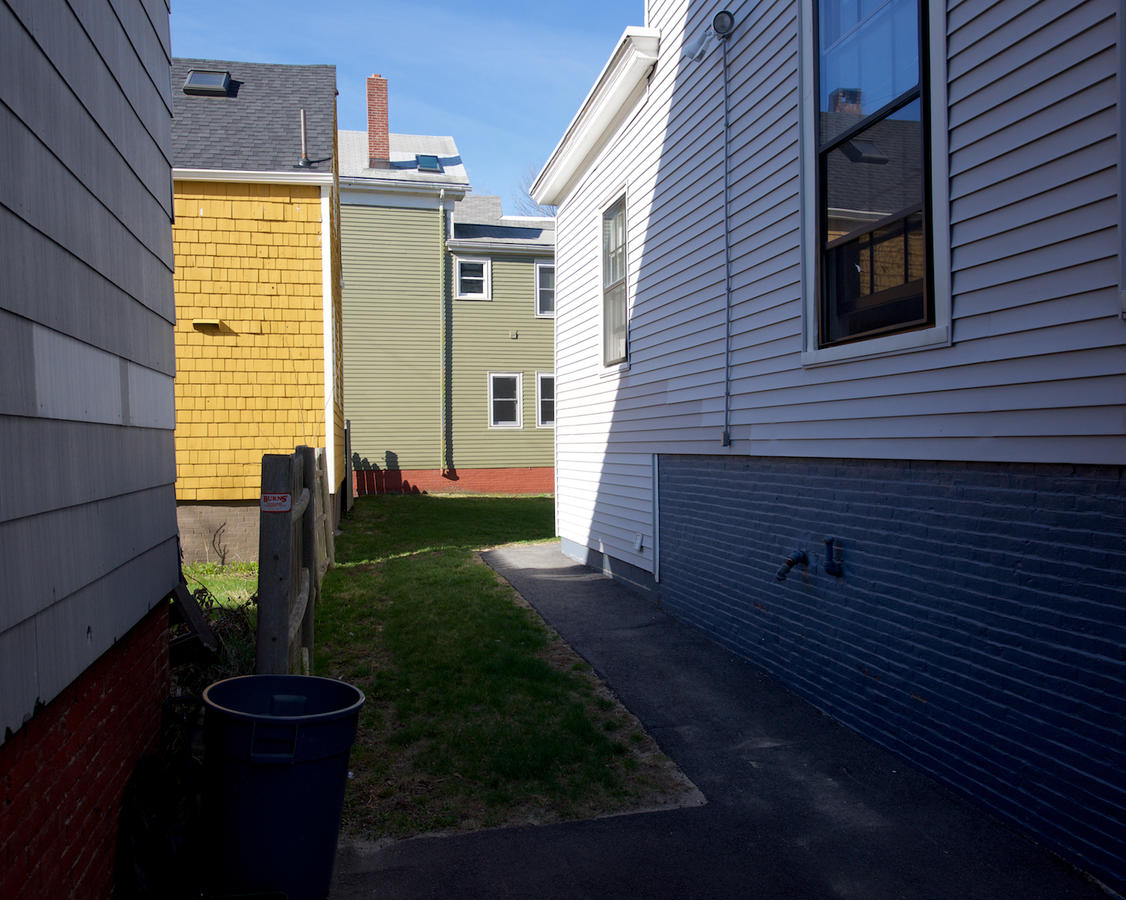
I can't help but be reminded of photographer Harry Callahan's statement that we always make the same picture. That early work isn't less or inferior and newer work isn't more or better, that it is all part of the work we make. That means, of course, that we own it all, flaws and all, as much as we might like to dismiss what we think of as lesser work, or work made through a series of bad decisions, perhaps shown and published, even though we wish it hadn't been. This is true for us all.
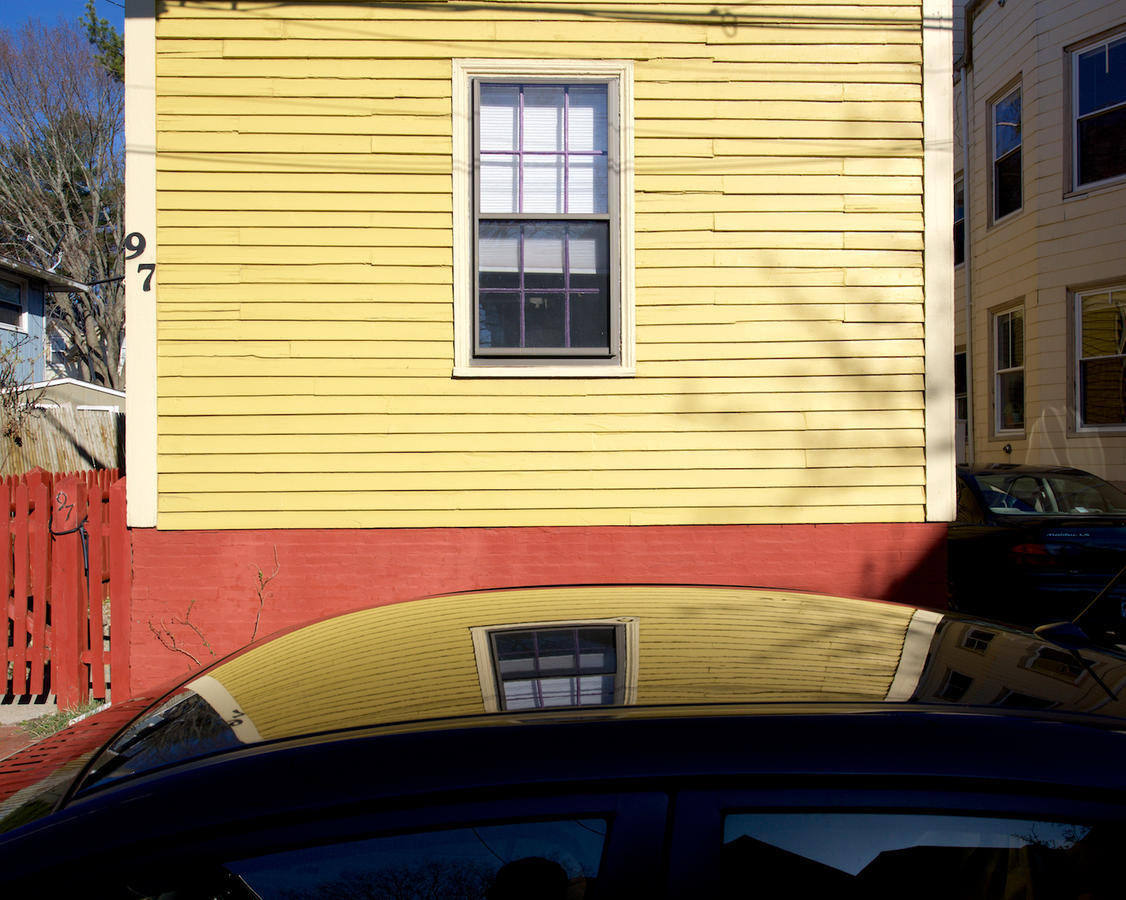
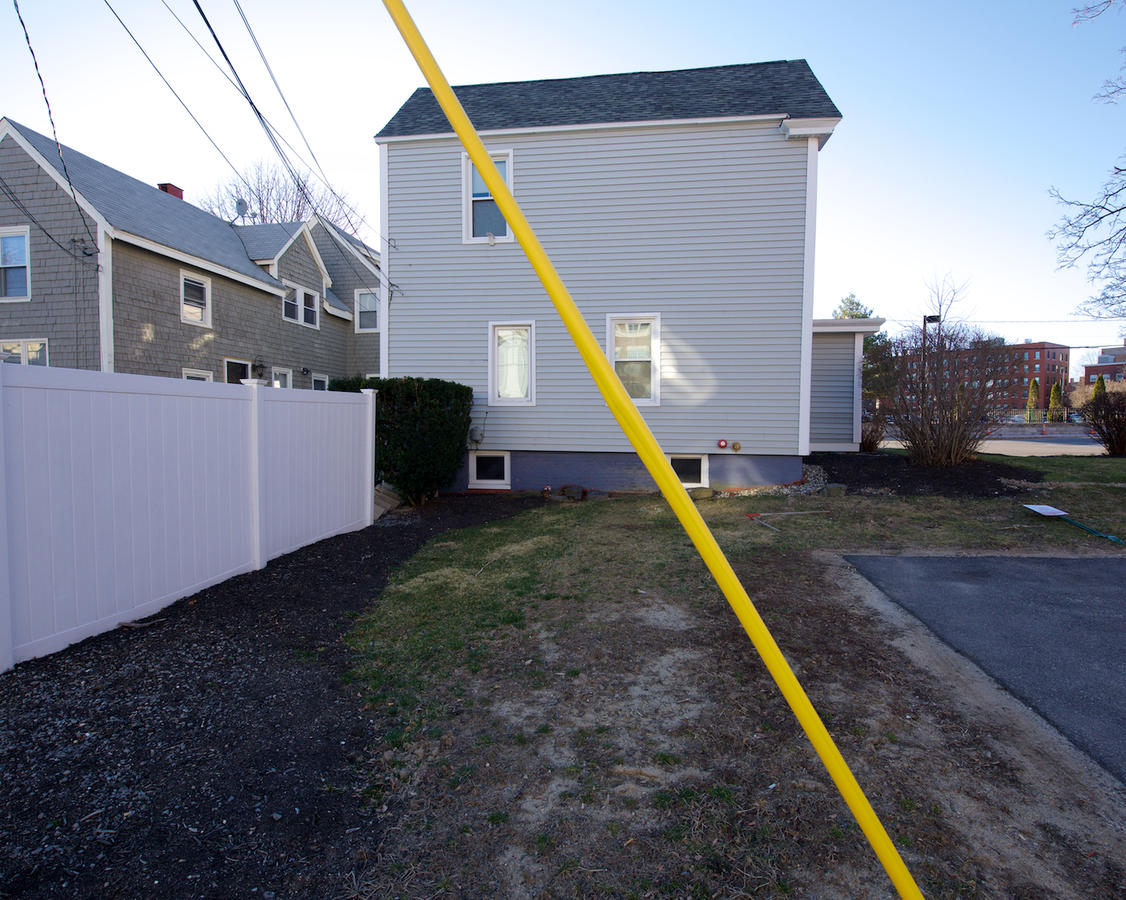
Who would have thought that going back to Portland twenty years later could have brought so much to the surface? Not me. My idea behind going back to photograph 20 years later really came about because I was curious about what it would look like, what changes there would be to the neighborhood. Little did I know.
Portland, Maine. Great town, btw. Much more alive and culturally active now than 20 years ago. If you go and like BBQ, check out Salvage.
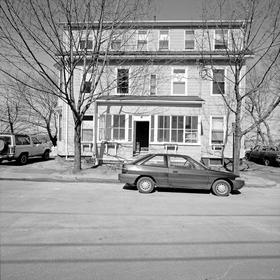
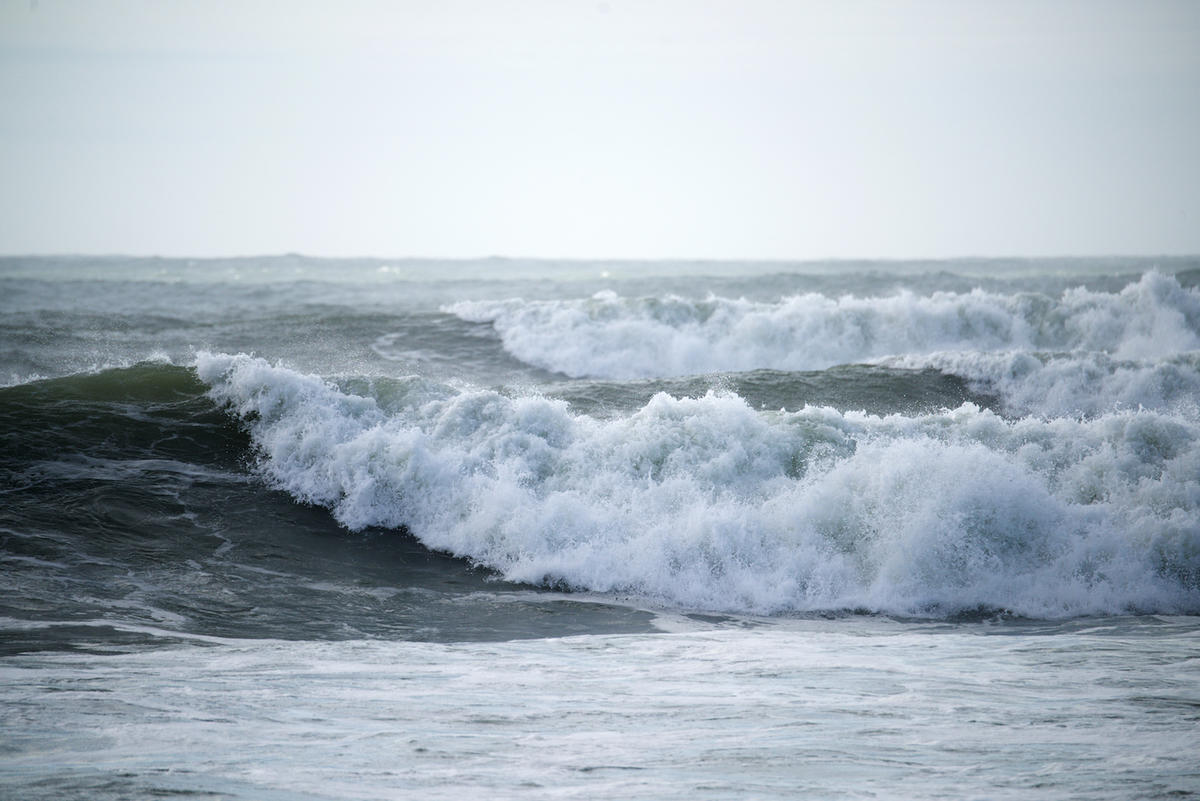
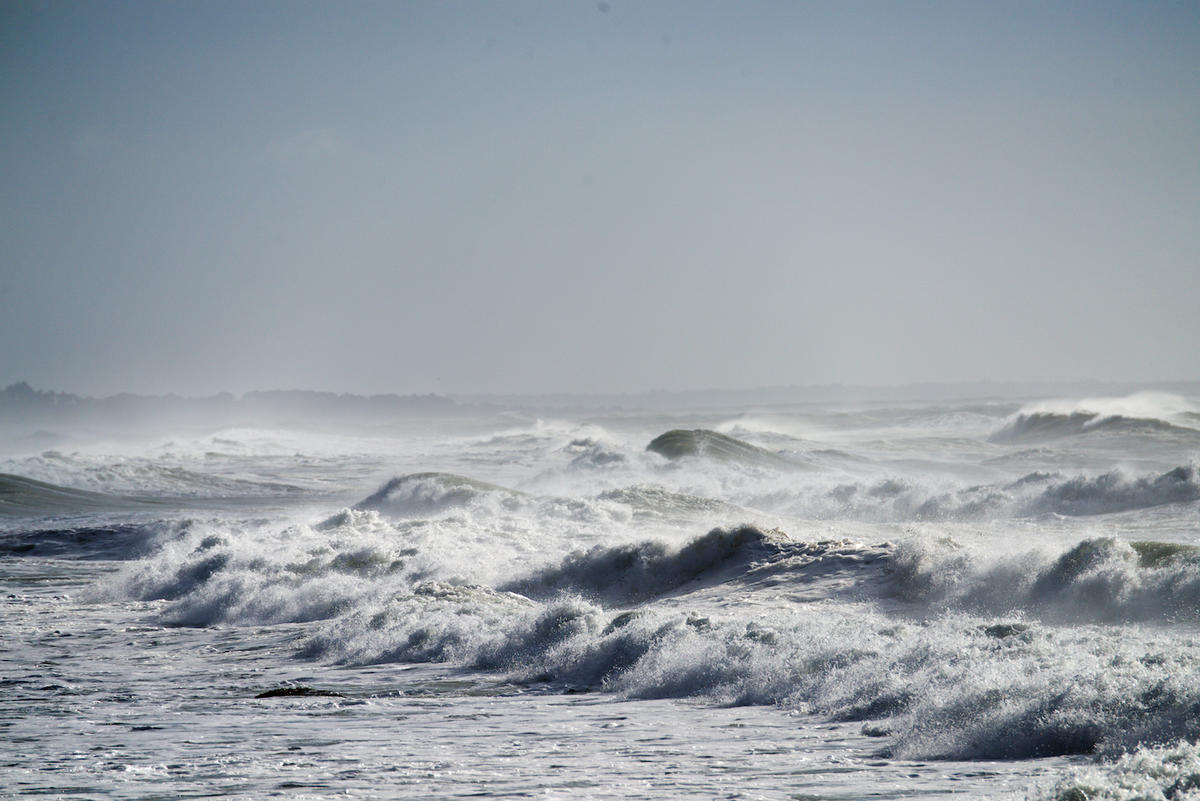
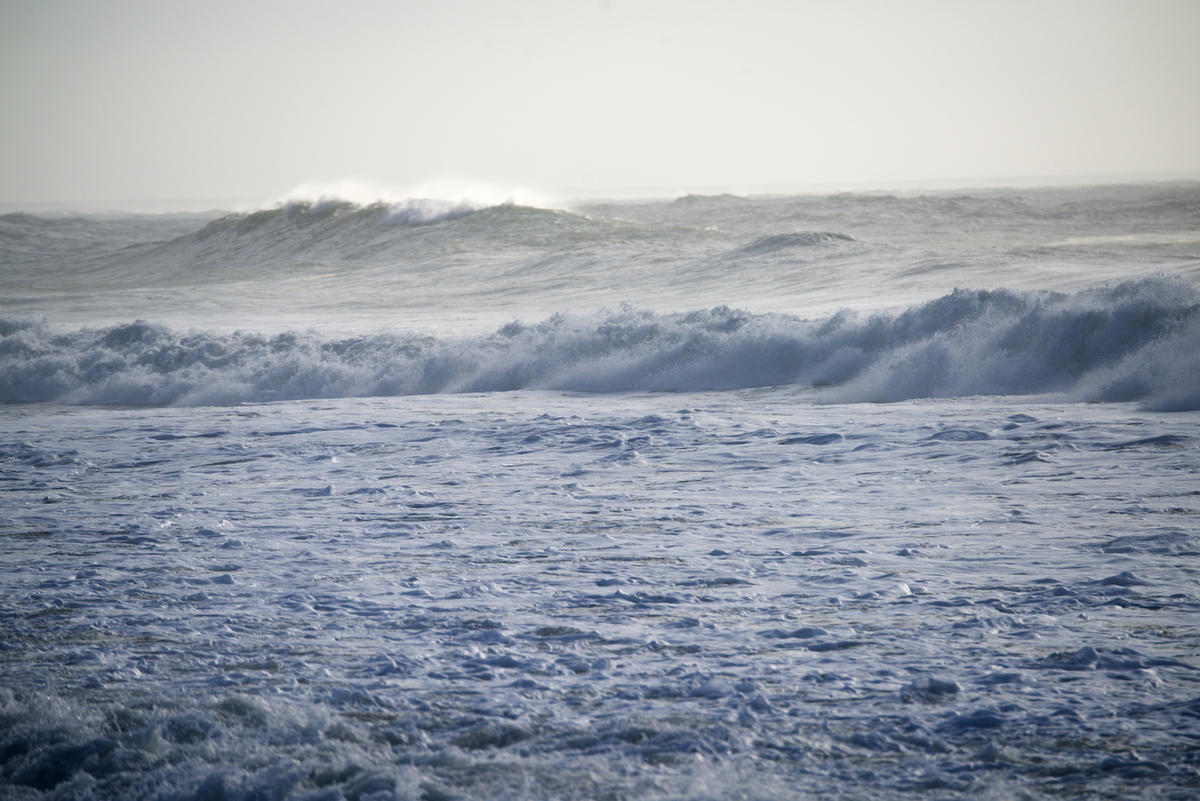
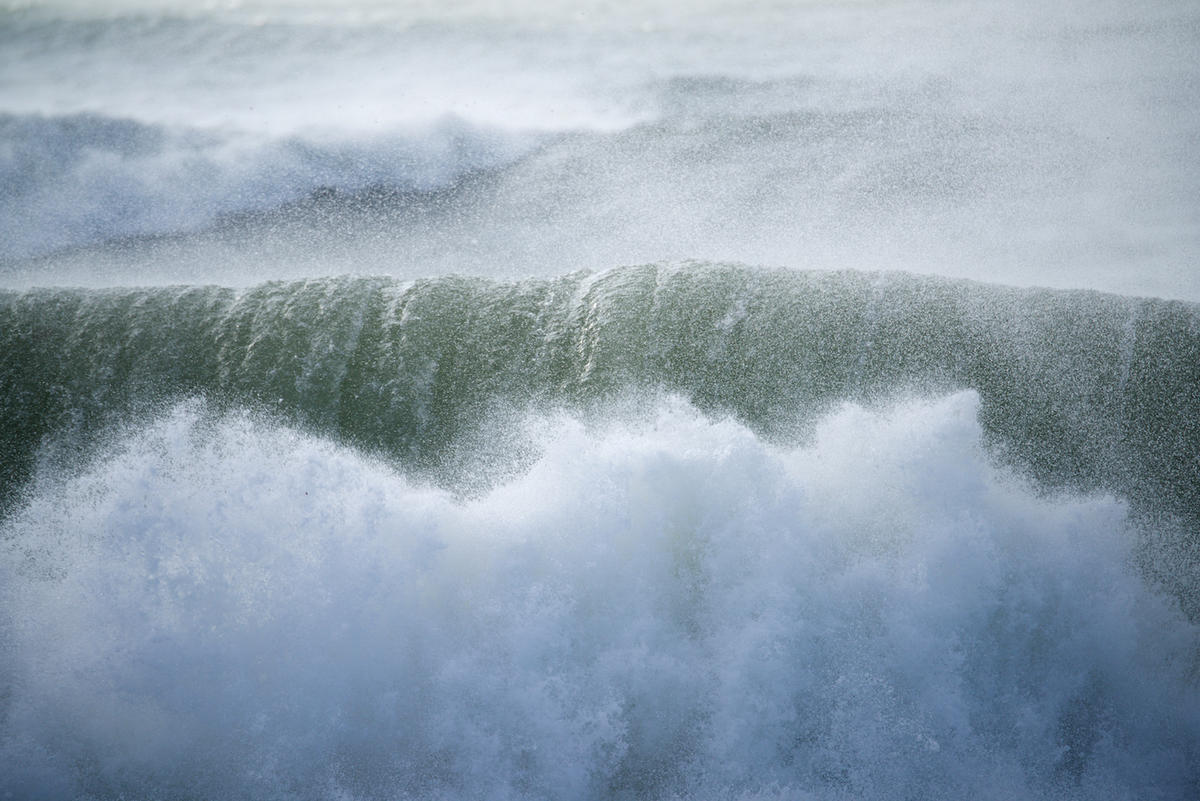
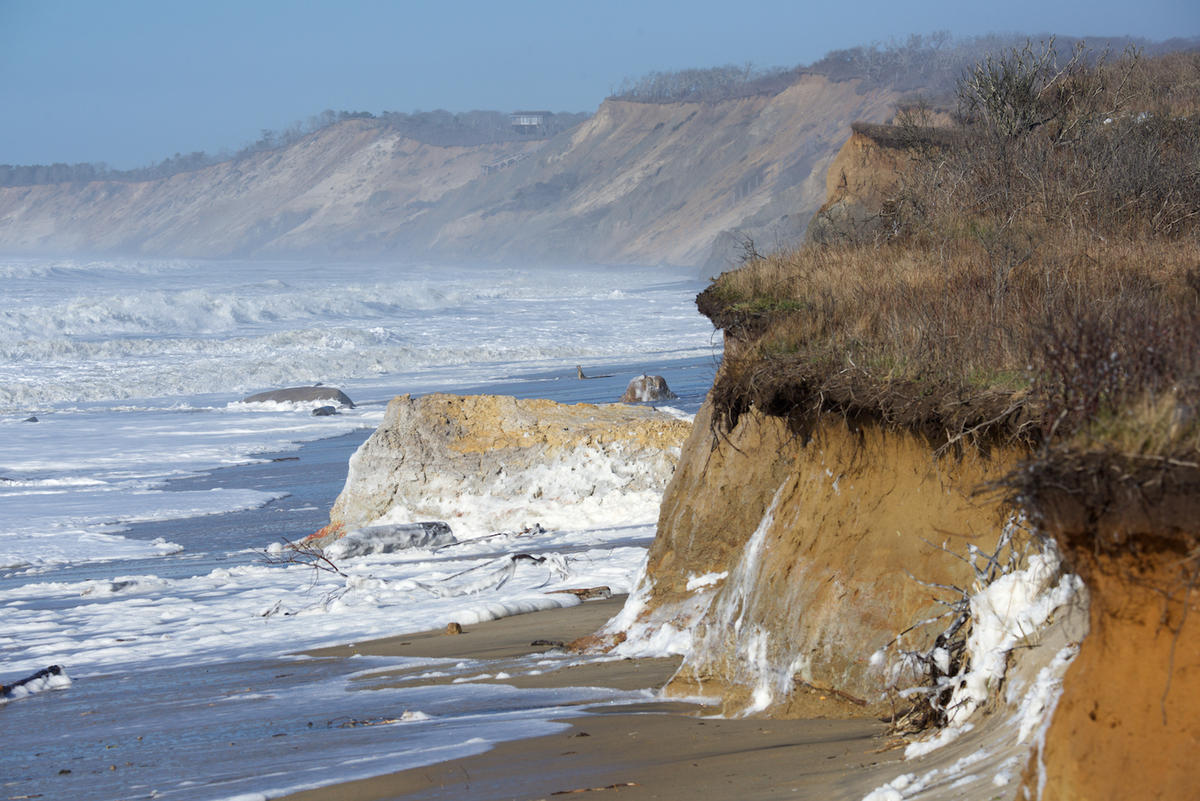
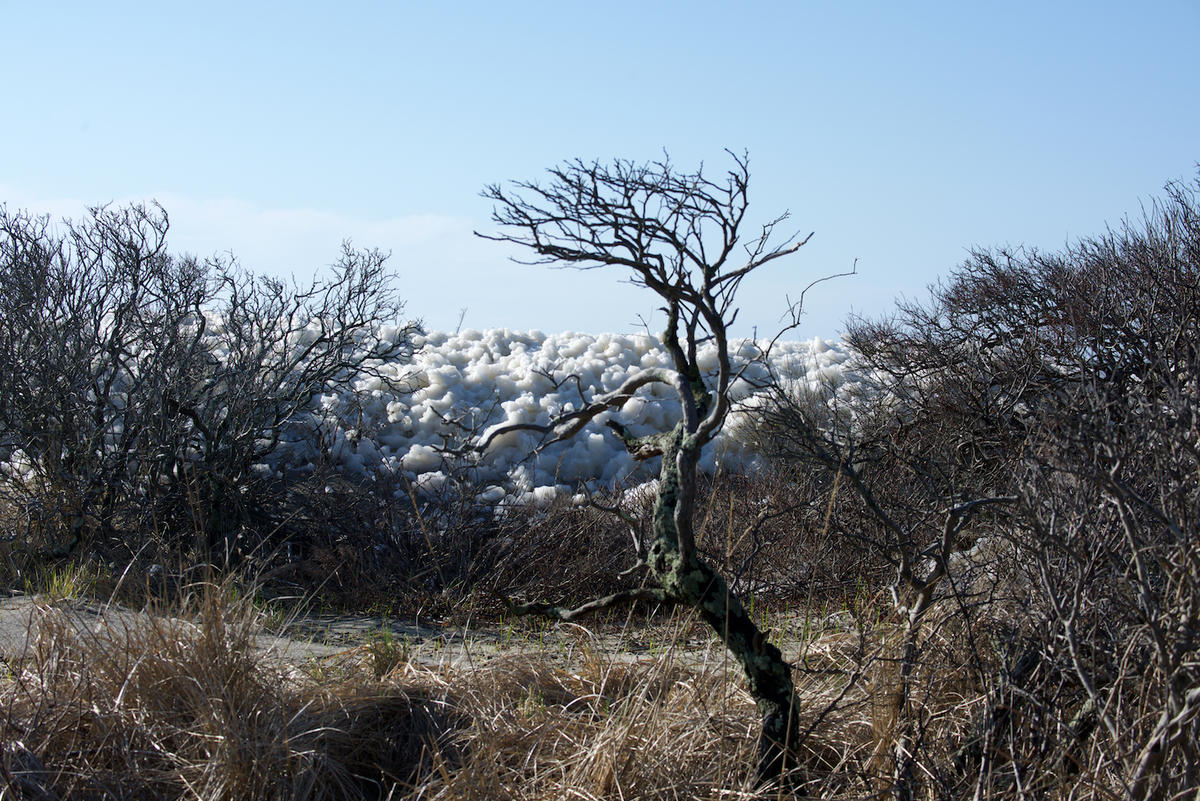

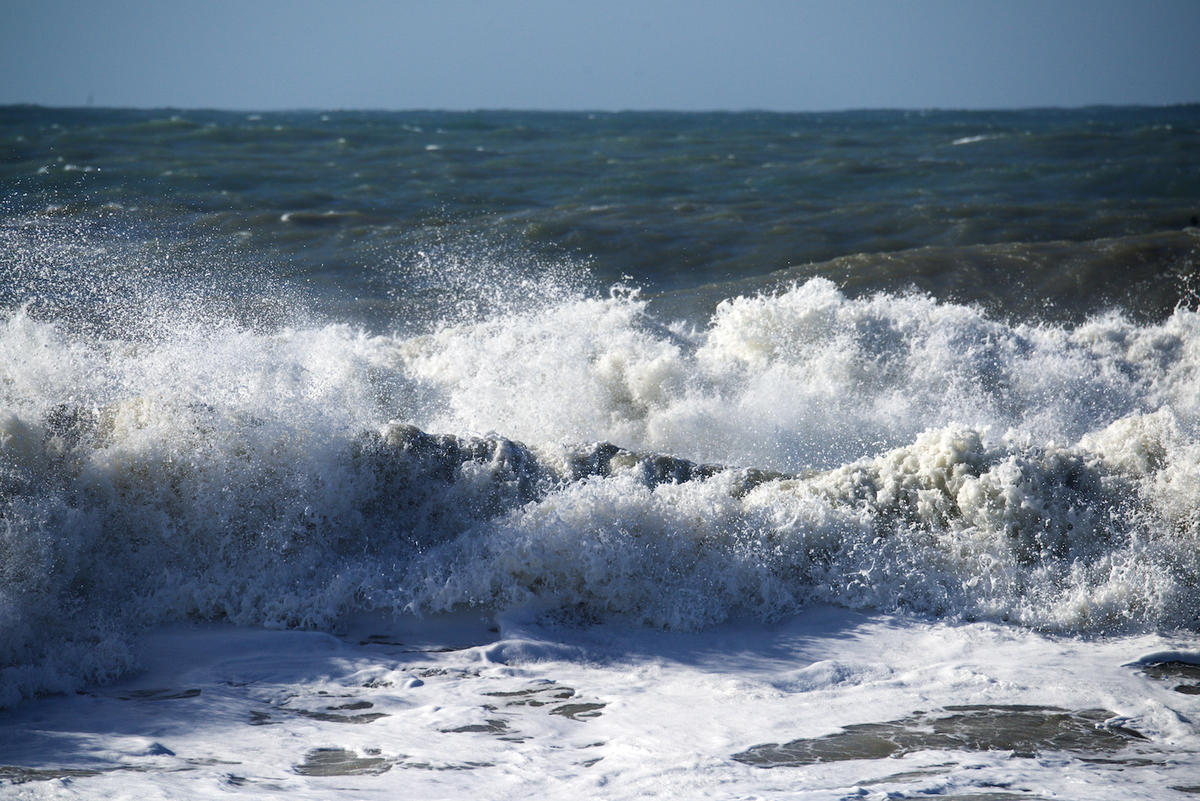
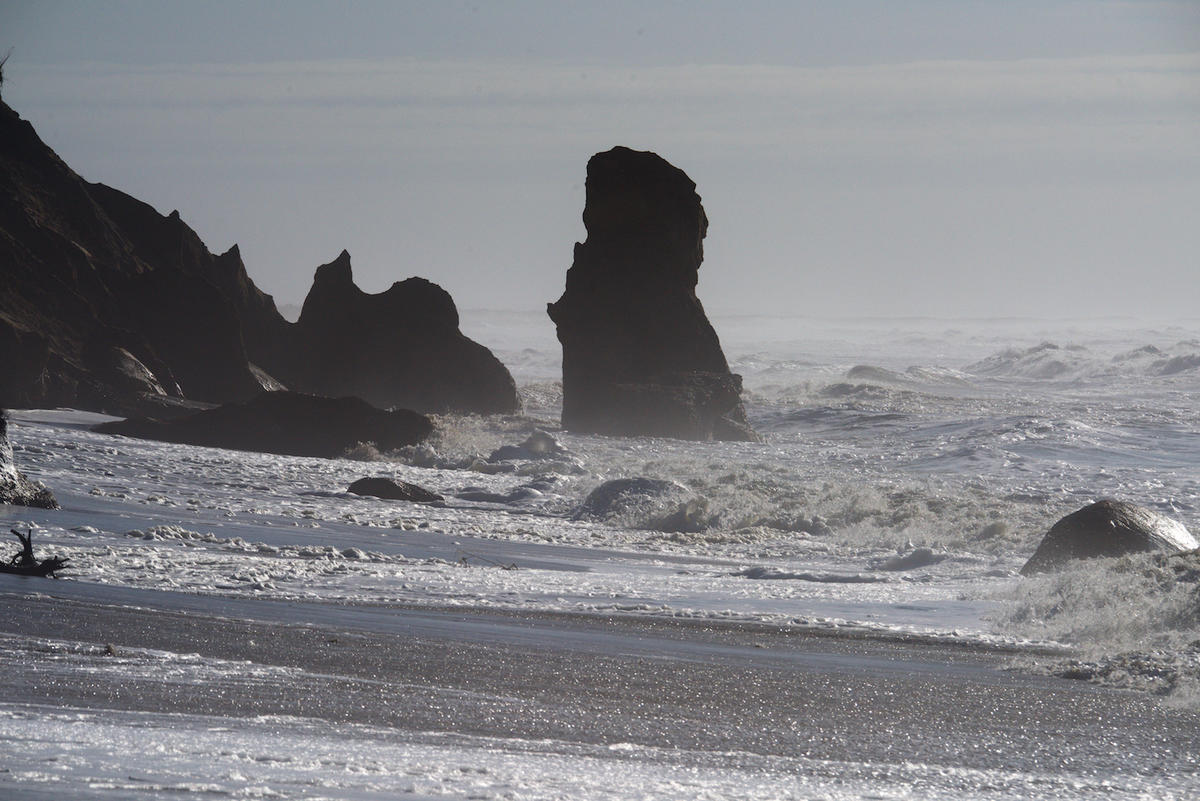
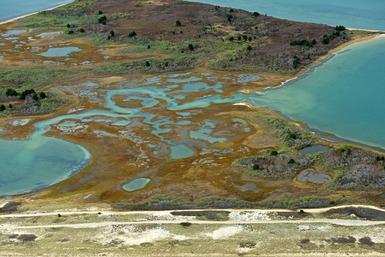

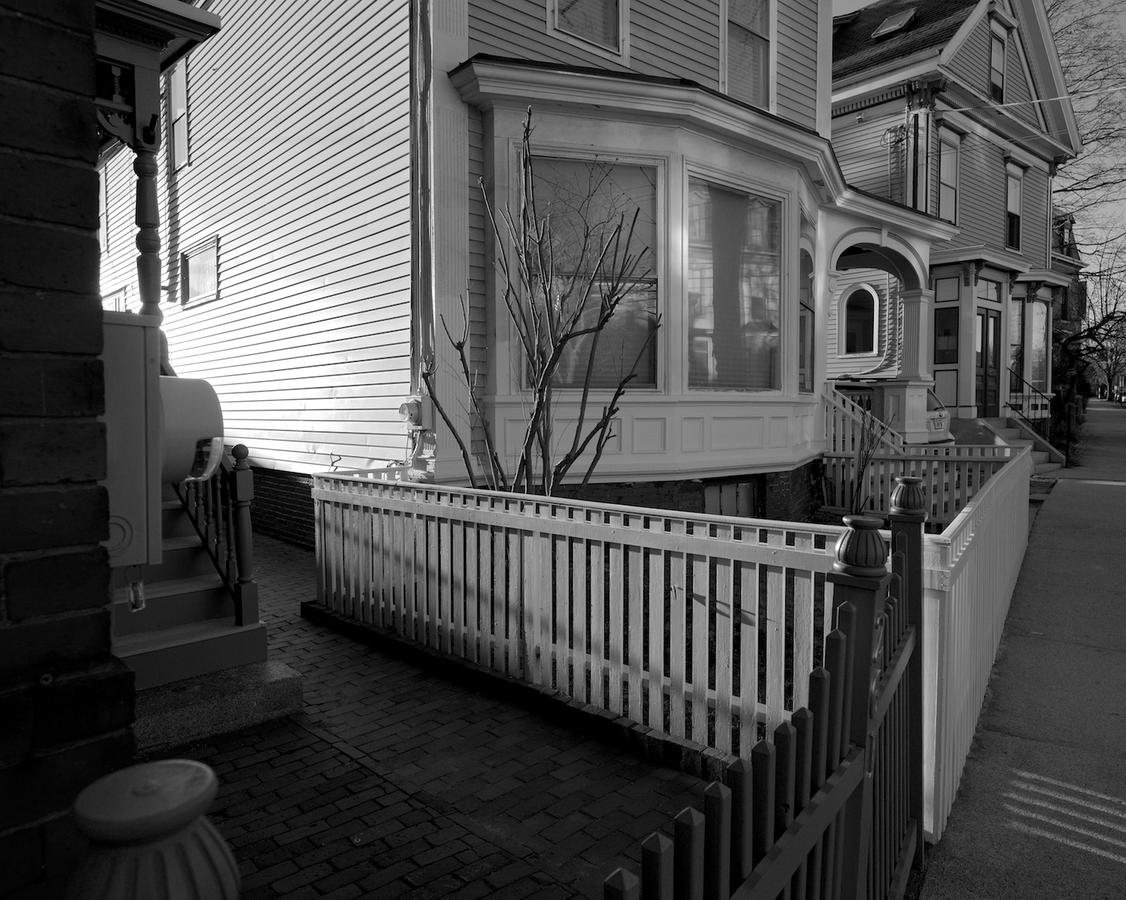
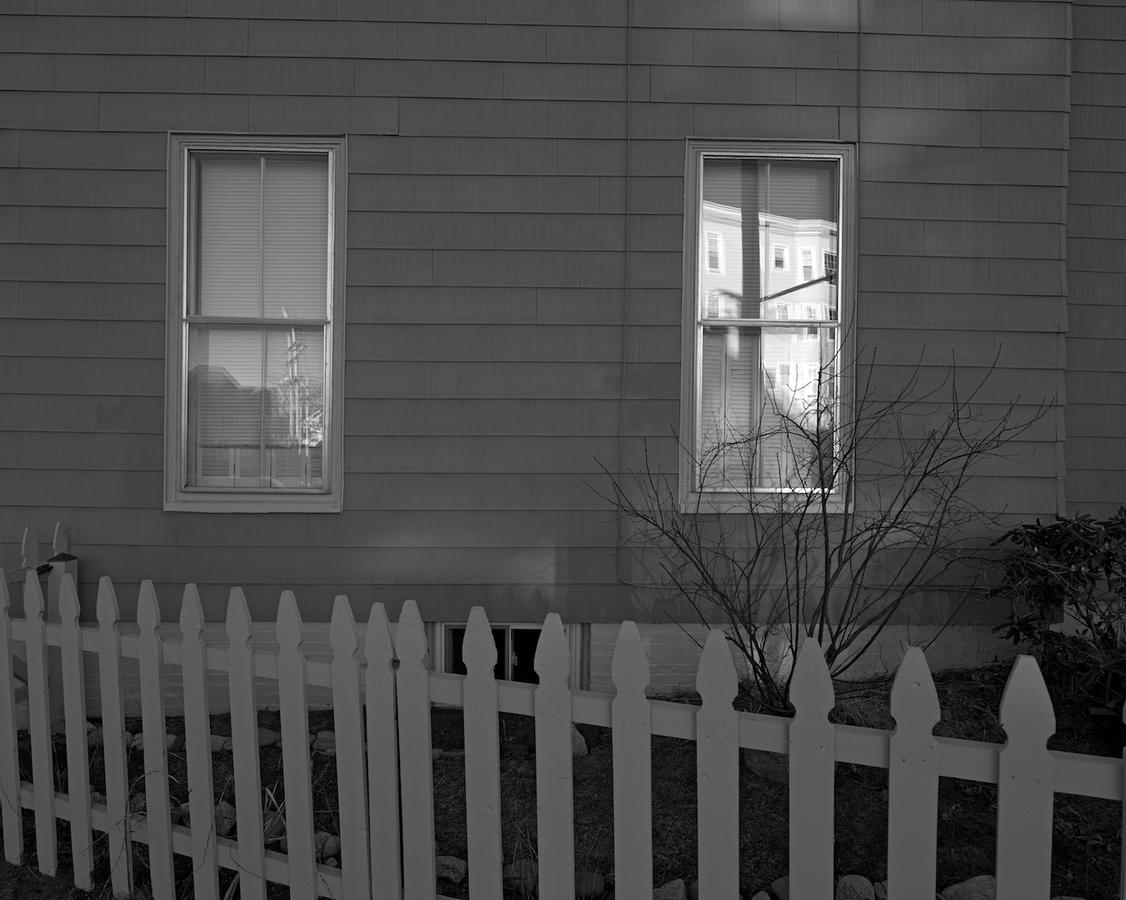
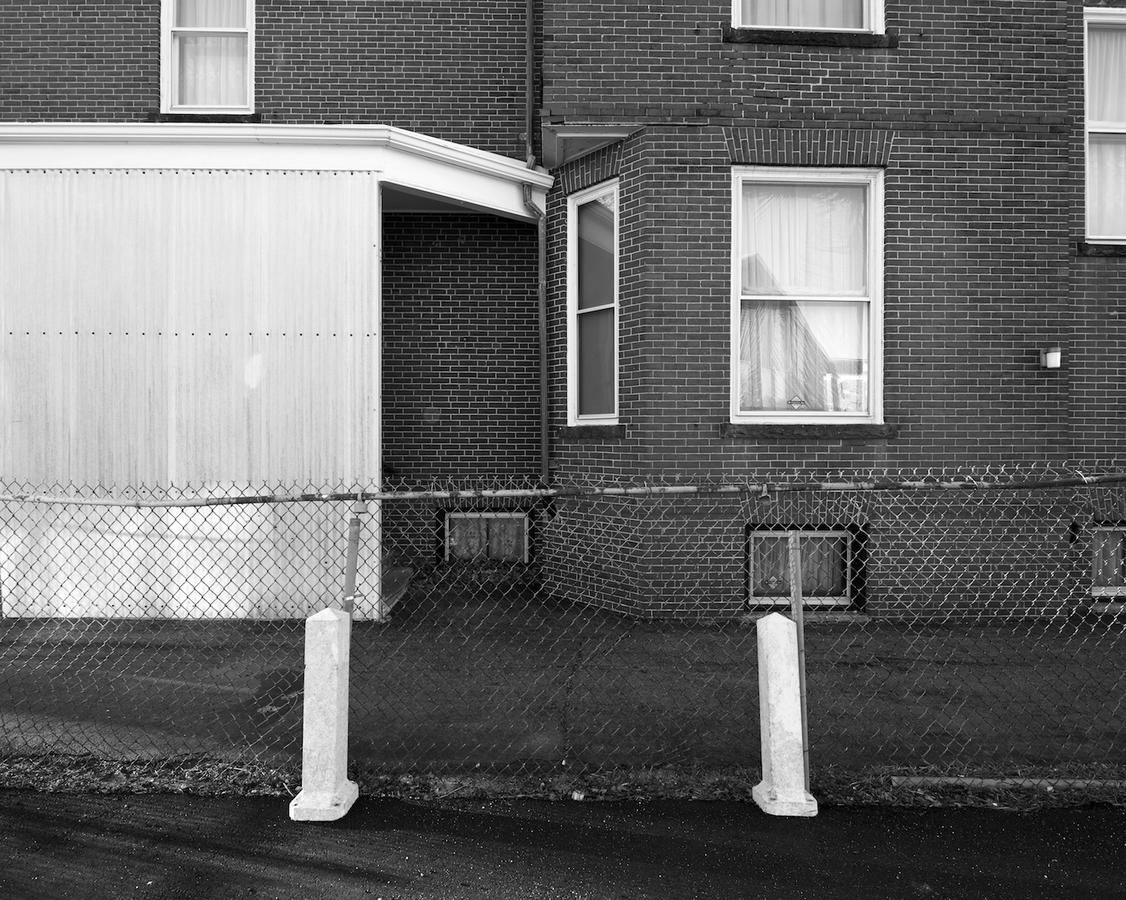
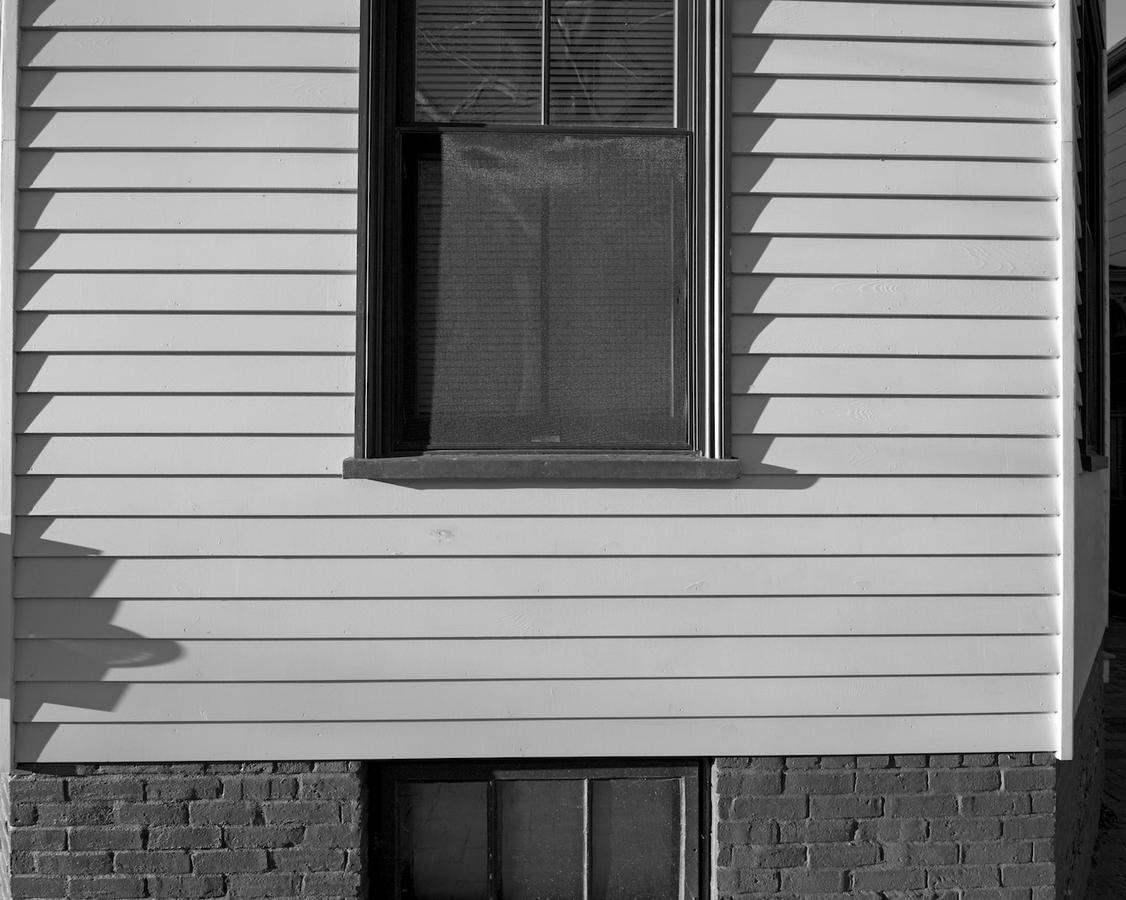 2016
2016